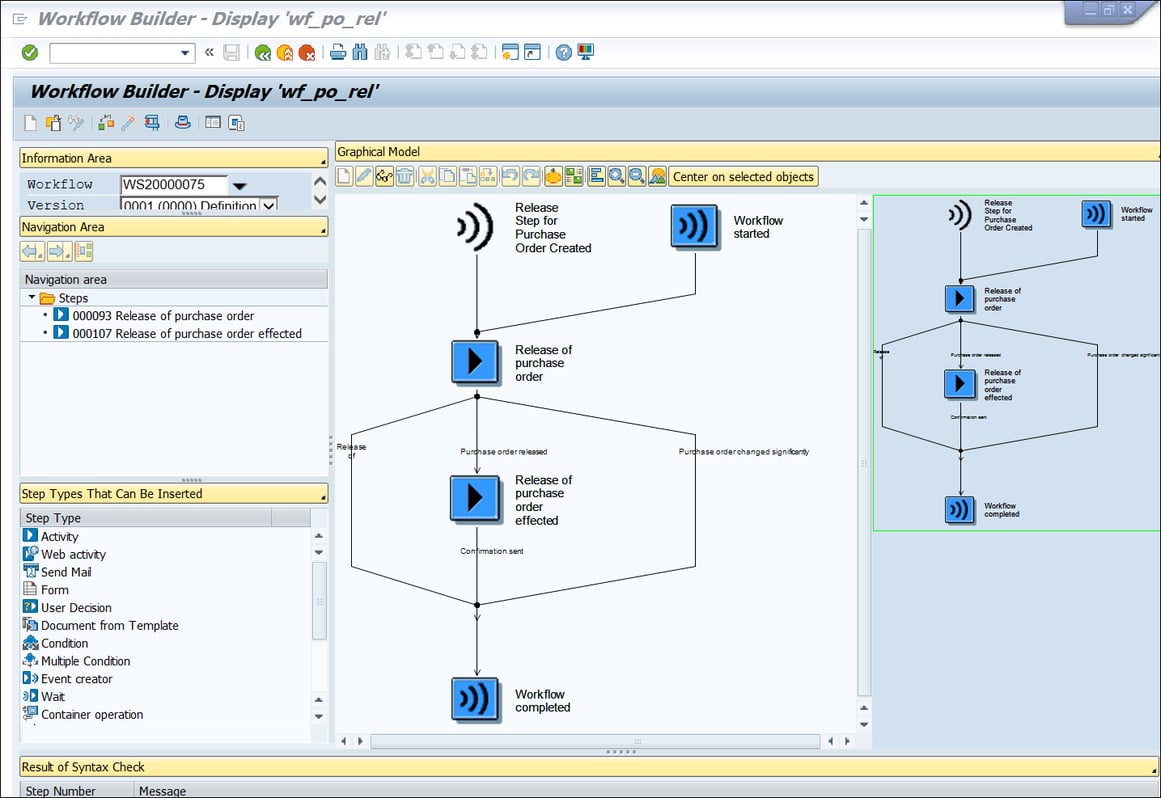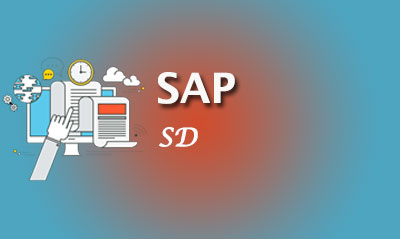SAP Cloud Platform is integration and extension built for the Intelligent Enterprise that enables you to connect your landscape and create application extensions that focus on your business needs.
SAP Cloud Platform (SCP) is a platform-as-a-service (PaaS) product that provides a development and runtime environment for applications. Based in SAP HANA in-memory database technology, and using open source and open standards, SCP allows independent software vendors (ISVs), startups and developers to create and test HANA-based cloud applications.
According to SAP, SCP is primarily intended to allow organizations to extend existing on-premises or cloud-based ERP applications with next-generation technology, such as advanced analytics, blockchain or machine learning; build and deploy new enterprise business cloud and mobile apps; integrate and connect enterprise applications regardless of the application location or data source, and connect enterprise applications and data to IoT.
For example, SCP facilitates the integration of SAP S/4HANA Finance with cloud applications like SAP Ariba or SAP SuccessFactors. It can also integrate these applications with non-SAP systems and data sources, including social media sites and other vendors’ enterprise applications.
SCP is based on open standards and offers developers flexibility and control over which clouds, frameworks and applications to deploy, according to SAP. SCP uses different development environments, including Cloud Foundry and Neo, and provides a variety of programming languages.
SCP is available in two commercial models: subscription-based and consumption-based. These options allow companies a flexible way to match SCP services with organizational needs, according to SAP. Under the subscription model, customers get access to SAP services for a fixed price and defined time and can use as much of the services as they want. This model allows organizations to protect their IT investments with predictable costs as long as they are subscribed to the service.
Under the consumption model, customers can buy SCP services through credits and use them as they see fit. This setup allows companies to start and scale up development projects quickly whenever business requirements change. The SCP credits are paid for up front, and a cloud credit balance is kept for all the services used.
Although the applications developed and running on SCP provide widely divergent functions and benefits, they share a common characteristic of enabling business digital transformation.
A number of custom use cases are available on SCP, including:
- Building custom, SAP Fiori-like user experience (UX) apps for SAP S/4HANA.
- Automating employee onboarding processes through integrating SAP Business Suite and SAP SuccessFactors.
- Creating mobile apps for field service workers.
- Building an employee recruitment travel and expense management application that integrates SAP API Business Hub with SAP SuccessFactors and SAP Concur.
There are also a number of early SCP customers who have implemented its services and technology in production environments, according to SAP. For example, German robotics firm Kuka AG uses SAP to connect robotics in manufacturing processes. Mitsubishi Electric Europe incorporates IoT into its industrial automation technology via SCP. Global healthcare company Aesculap developed an Apple iOS app on SCP that manages and simplifies the use of sterile containers in surgeries.
SAP provides a variety of services and capabilities. As of August 2018, SAP lists 19 capabilities that generally fall under data-based services and analytics, emerging technologies, user-based activities, and application development and deployment. Prominent capabilities include the following:
- Analytics, which allows you to embed advanced analytics into applications for real-time results.
- DevOps, which simplifies application development and operations.
- Integration, which allows you to integrate on-premises and cloud applications.
- Mobile, which enables mobile app development.
- User Experience, which lets you develop personalized and simple user interactions.
One of the key integration tools for developers in SCP is the SAP SDK for iOS. This option allows developers to build mobile apps for iPhones and iPads that integrate data from back-end enterprise applications with the iOS front end.
The SDK uses the Apple Swift open programming language. It also includes a library of prebuilt UX components and access to iOS device capabilities such as Touch ID, location services and notifications.
Although SAP shares a similar name with SAP HANA Enterprise Cloud (HEC), the two platforms have different intents and purposes.
Both are variations of HANA cloud technology, but the two products use different service models. While SCP offers a PaaS tool intended for developing and running cloud-based applications, HEC is an infrastructure-as-a-service (IaaS) tool that enables companies to run SAP-based operations in a hosted environment. SAP hosts HEC applications in several data centres located around the world and provides ongoing application support and management, including upgrades, backups, patches, restoration and recovery, infrastructure monitoring and event detection.
The SAP is a useful tool for businesses looking to improve connectivity between different parts of their business, or more fully utilize new data. For a manufacturer, computing in the SAP could help to connect IoT sensors into the rest of the ERP landscape to better harness the data to improve maintenance or productivity.
The SAP is also very useful for developing new mobile apps, or mobile integration for existing apps. With a new iOS SDK and an ongoing SAP-Apple partnership, it’s a particularly exciting time for Apple developers looking to develop new business applications on an SAP backend.
The SAP also offers a new GUI for business analysts to create workflows for complex processes, tools for project managers, machine learning functionality and new Hadoop big data services. This is just a small subset of the applications available in the SAP Cloud PlatformSAP has certainly created a powerful development tool — but is it the right choice for you?
There’s no one-size-fits-all answer to this question. Although the SAP is powerful, it’s only one of many choices. Whether or not it’s the right choice for you will depend on a huge range of factors, including:
- Your existing hardware, software and cloud assets
- Human capital
- Development goals
- Development strategy
- Core competencies
- Business culture
An SAP Cloud migration involves more than just transferring data – you need to ensure correct technologies are deployed, correct security measures are integrated, and that all your custom applications function properly.
Moving to the cloud helps maximize what your HANA and Fiori applications can offer. A couple of ways to ease the migration include services, S/4HANA Public, SAP HANA Enterprise and SAP HANA Third-Party Private.
Navigating the complexity of your SAP Architecture and migration process may require a customized solution, so it is beneficial to have an SAP partner help ease the transition.












